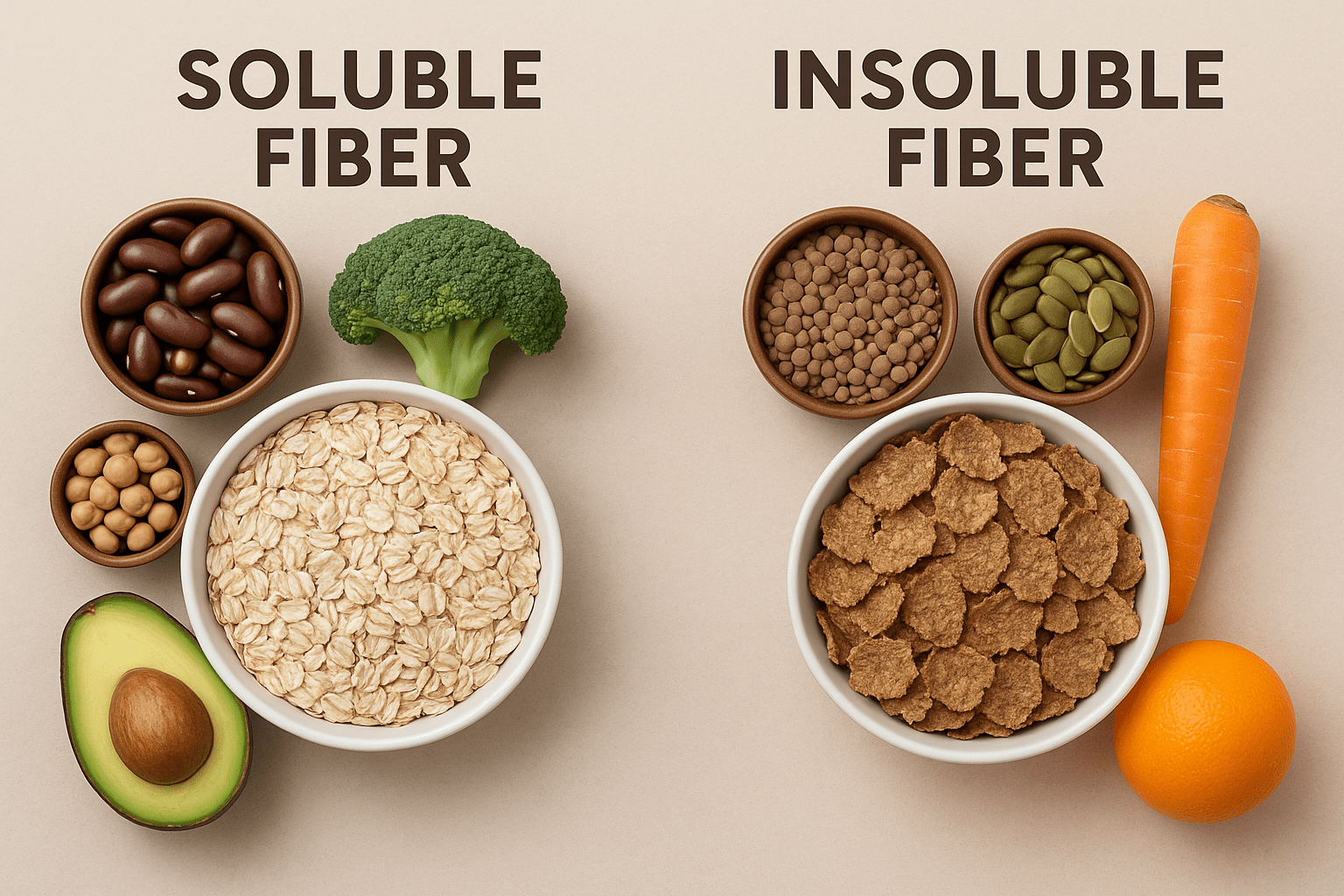All You Need to Know to Start Exercising Safely

Starting an exercise routine is one of the best decisions you can make for your health, longevity, and weight loss journey. To make your efforts effective and sustainable, it is essential to understand the components of exercise, tailor your plan using the FITT principle, assess your readiness, and apply the principles of exercise progression and safety. This guide will walk you through everything you need to know to exercise safely and maximise your benefits.
Types of Exercise That Are Crucial for Healthy Longevity and Weight Loss
First, let’s debunk some common sayings about exercise:
“I can target my belly fat with these specific exercises!” Wrong. Spot reduction exercises are a myth.
“I just need to do aerobic exercise for weight loss and healthy longevity." Wrong. Relying solely on aerobic exercise neglects the crucial roles of strength training, diet, and holistic lifestyle factors in achieving weight loss and healthy longevity.
A well-rounded exercise programme includes the following components:
- Aerobic Exercise: Improves cardiovascular health, endurance, and aids in calorie burning. Examples: walking, jogging, cycling, and swimming. Aim for at least 150 minutes of moderate-intensity exercise per week.
- Strength Training: Builds muscle, boosts metabolism, and enhances overall strength. Examples: weightlifting, resistance bands, or bodyweight exercises. Aim for 2 to 3 times of strength-training a week.
- Flexibility Training: Maintains joint health and prevents injury. Examples: yoga, stretching.
- Balance and Core Work: Essential for stability and reducing fall risks, particularly as we age. Examples: Pilates, balance drills.
Before starting a new exercise program, assess your readiness using the Get Active Questionnaire (GAQ) via this URL: https://www.sportsingapore.gov.sg/files/Sport%20Education/Sport%20Safety/Sports%20Safe%20U%20Guide/ENG_10688_GAQ_Flyers_FINAL__17_Sept_.pdf. If you have pre-existing health conditions, injuries, or concerns flagged by the GAQ, consult your doctor before beginning. Exercise can be safe and beneficial with proper guidance and modifications tailored to your needs.
Building Your Personalised FITT1 Exercise Regime
The FITT principle is a framework to guide your exercise routine. You can use it to plan your weekly exercise schedule that will satisfy the exercise guidelines:
- F - Frequency: How often you exercise. Aim for at least 150 minutes of moderate-intensity aerobic activity per week, combined with strength training 2 to 3 times a week according to the national exercise guidelines. This may work out to 5 times of 30 minutes of moderate-intensity aerobic activity per week with 2 strength training sessions in between.
- I - Intensity: How hard you exercise. Adjust the intensity based on your current fitness level and weight loss and health goals. You may even alternate between hard and easy sessions to facilitate recovery and adaptation between sessions and avoid injury.
- T - Time: How long you exercise. Sessions can range from 20 to 60 minutes, depending on the type and intensity of the workout. Remember, some are better than none. If you are unable to exercise for 20 minutes, but can only do 5 minutes, go for that! You can combine 4 5-minute sessions in a day to make it 20 minutes. You can also slowly build up your momentum to a full 20-minute or 60-minute session.
- T - Type: The kind of exercise. Ensure that you have a multi-component exercise regime to reap the full health benefits of the different categories of exercise, aerobic, strength, balance and flexibility training.
“I love window shopping, that’s considered as a form of exercise right?” You may be uncertain if you are exercising at low-intensity, moderate-intensity or high-intensity. To ensure you're working at the right intensity, monitor your effort using the Talk Test:
- Low Intensity: You can talk or sing without difficulty.
- Moderate Intensity: You can talk, but singing would be challenging.
- High Intensity: Talking becomes difficult due to heavy breathing.
How to Succeed at Your Exercise Regime
Sustaining an exercise regime requires not only discipline but time investment as well. To get the most out of your time investment, follow these 5 key principles:
- Specificity: Tailor your exercises to your health goals. For instance, strength training builds muscle, while aerobic exercise improves cardiovascular and lung health.
- Overload: Gradually challenge your body beyond its comfort zone by increasing FITT to see continued improvement.
- Progression: Increase exercise difficulty by increasing the different components of FITT over time to avoid plateaus. Increased in the amount of weight you can lift or the number of repetitions you can perform are clear signs of progress. As for aerobics exercise, research has shown insignificant incremental health benefits for moderate-intensity aerobic activity beyond the recommended 150 minutes per week. Therefore, progression for this instance may be progression in intensity rather than time.
- Adaptation: Allow your body to adapt to new challenges, making you stronger and more resilient.
- Rest and Recovery: Rest days are essential for muscle repair and growth, preventing burnout and injury.
Muscle Health: Aging Red Flags
As we age, there are some inevitable trends that we should watch out for:
- Reversibility is how fitness vanishes quickly when exercise stops, leading to weaker muscles, lower stamina, and a harder road to recovery if ignored.
- Sarcopenia is the muscle loss that sneaks in with age, increasing risks of falls, frailty, and a loss of independence if not tackled early.
Overloading and progression are vital to combat these. Having the same FITT day in day out, years after years - without progression, your fitness growth will plateau; combined with the effects of ageing, you may find that you are putting on fats, especially abdominal fats, and the skin is hanging loose even with ‘exercise’, instead of getting stronger and more lean.
Exercising safely and effectively begins with understanding the components of fitness, the FITT principle, and your readiness to engage in physical activity. By applying principles like specificity, progression, overload and recovery, you can optimise your workout plan for long-term health and results. Monitor your intensity and stay consistent—your investment in exercise will reward you with improved health, longevity, and quality of life.
References:
- Sport Singapore. (2022). SPAG guidebook: Sport and physical activity guidelines. Retrieved December 18, 2024, from https://6212555.fs1.hubspotusercontent-na1.net/hubfs/6212555/SportSG_SPAG%20Guidebook_Jul2022-1.pdf


